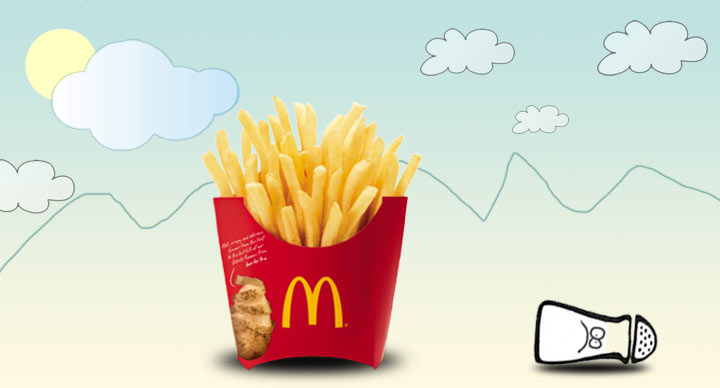
When does a restaurant decide to change the oil used in fryers?
Well, it is changed as frequently as it is required based on food quality and condition of the oil. On an average, the oil is changed as needed but it is filtered daily to keep it fresh and then topped up with new oil throughout the day. The oil is changed based on a number of factors including appearance, texture and flavour of the product as well as the colour of the oil, smoking, odour or foaming on the surface of the oil. Restaurant Managers use a Color Tube Guide to determine, by the oil color, when the oil is nearing its discard point.
McDonald’s total oil management is based on a Cargill program that is designed to instruct restaurants on how to optimize fried food quality. The daily filtration of oil using MAGNESOL® FILTER MEDIA assures a more consistent fried product. The filter kits removes free fatty acids (FFA) which is a primary by-product of the degradation of frying oil. Further, it removes color from used oil as a result of color bodies formed during frying. The filter also removes Total Polar Materials (TPM) from frying oil. TPM is the only chemical measure of oil degradation that has been correlated to the taste and odor of fried food.
The colour, taste, flavour, texture and appearance of the finished fried products are the decisive factors used to determine when to change the oil. If the quality characteristics of the finished fried product is acceptable, only then is the oil used.










